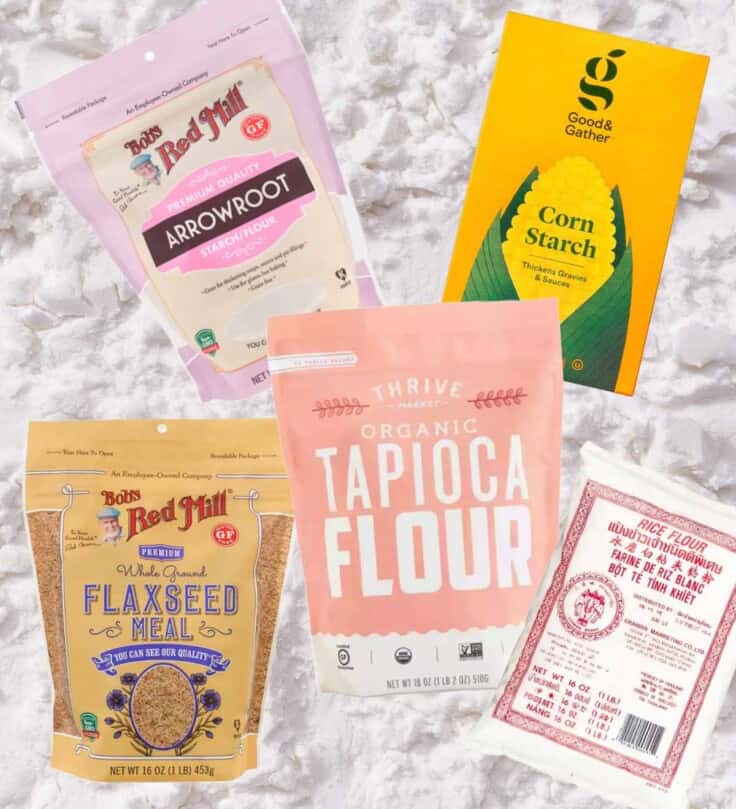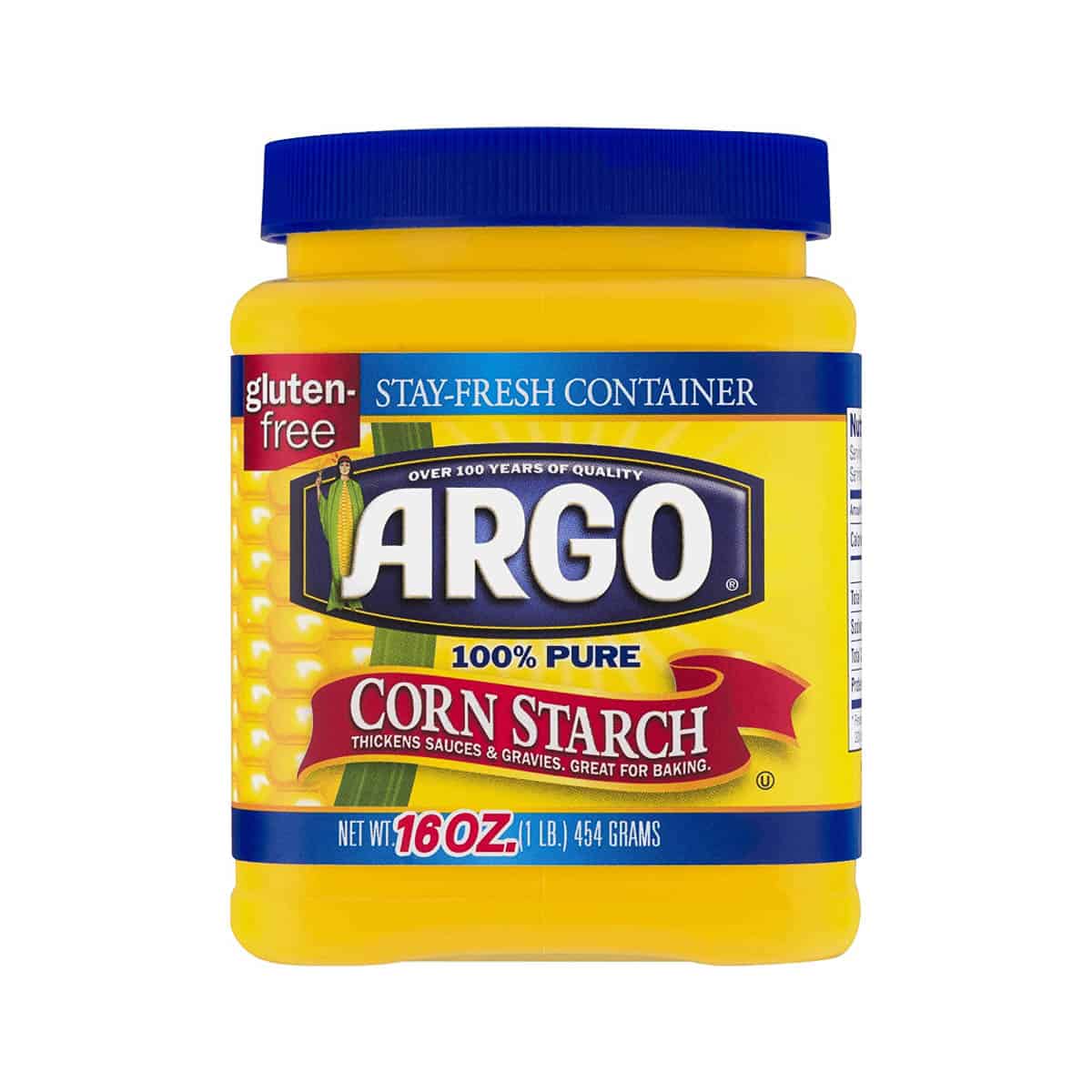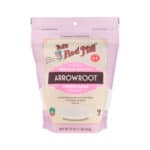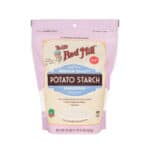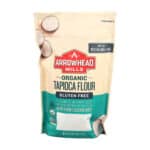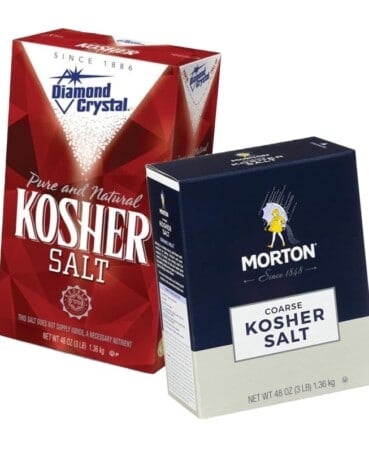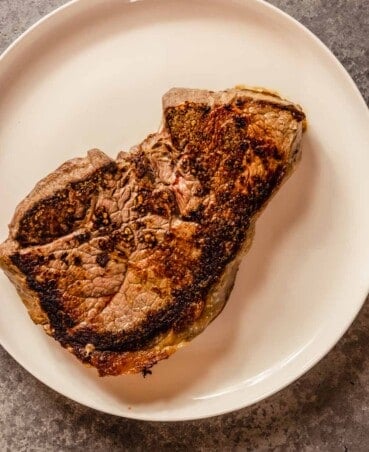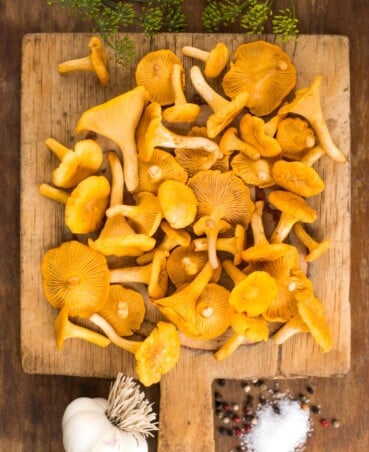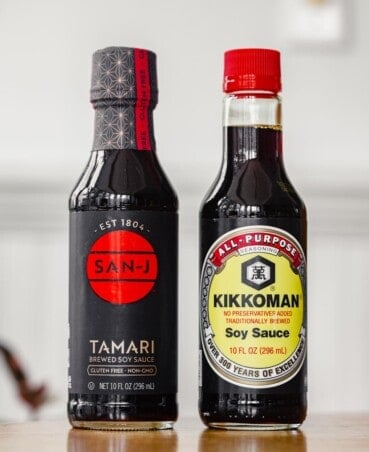What’s worse than being in the middle of cooking a recipe and realizing you don’t have an ingredient? We’ve all been there, and it can ruin a good mood fast. If that ingredient is cornstarch, the good news is you may have a substitute on hand that can work in its place.
Cornstarch typically functions as a thickener for soups, sauces, custards, or other liquids. It also adds a perfectly crispy texture to baked goods or frying batters for fried as well? When used correctly, it is tasteless and becomes translucent with heat–that’s right, you can’t taste or see it. It is a pantry staple that almost feels like magic.
The thickening power of cornstarch is potent compared to most other alternatives, but the right substitute can still save the day. So, here are a few alternative options to try if you’re in a pinch.
Table of Contents
Arrowroot Starch
It’s not as common as cornstarch, but arrowroot starch (also called arrowroot powder) is an effective substitute for cornstarch. This starch is from the root of a tropical plant and it performs very similarly to cornstarch in a recipe. Arrowroot starch provides a glossy shine to sauces, a beautiful gel in a pie filling, and has a strong thickening power. If cornstarch is used in addition to flour in baked goods, arrowroot starch will be the best substitute.
However, arrowroot starch is a bit more challenging as it tends to hold the gel for a shorter time. It is the best substitute when making desserts, but not as ideal for gravies or sauces that have longer heating cooking time or would be reheated.
How to substitute: Use 1 tablespoon of arrowroot starch in place of 1 tablespoon cornstarch.
Potato Starch
Potato starch is a top pick as a cornstarch replacement that will perform well in most scenarios. As the name implies, it is a starch extracted from potatoes and made into a fine powder.
Potato starch is a fantastic substitute for thickening sauces, gravies, or soups, but not ideal for desserts or puddings as it doesn’t tend to hold up well for longer cooking times. Potato starch also gels at a lower temperature than cornstarch, so it is best to add it at the end of cooking and off the heat.
How to substitute: Use 1½ tablespoons of potato starch for 1 tablespoon of cornstarch.
Tapioca Starch
Tapioca starch (also labeled as tapioca flour) is from cassava root and is a great pure starch to substitute as well.
When making puddings, sweet sauces, or other dessert recipes, tapioca starch is fine substitute for cornstarch. The neutral flavor of tapioca means it is versatile in most applications. Avoid boiling for a long amount of time, as tapioca tends to veer towards gummy if overcooked.
Tapioca starch doesn’t have as strong a thickening power, so you’ll need more than cornstarch the recipe calls for.
How to substitute: Use 2 tablespoons tapioca starch for every 1 tablespoon of cornstarch.
All-Purpose Flour
All-purpose flour is an easy cornstarch substitute that’s likely already in your pantry. The main difference you will notice is that flour does not cook to a translucent color, but instead lends a more cloudy or opaque sheen. It also isn’t as strong of thickening agent, so you will need to add more than the amount of cornstarch called for in the recipe.
You should also be aware that cornstarch is a gluten-free ingredient, while all-purpose flour is not. So, be mindful of this substitute if you are making a gluten-free recipe.
Using flour is great for soups, gravies, or other savory sauces, but doesn’t work as well in sweet recipes. It’s also key to making a roux.
How to substitute: Use 2 tablespoons of all-purpose flour for every 1 tablespoon of cornstarch. We recommend you combine the flour with an equal amount of water or melted butter before adding it to your recipe. If you’re making a soup, add it to the cooked vegetables and let it cook for a couple minutes before adding the liquid.
Rice Flour
If you’re making a gluten-free recipe, rice flour is a great option in a pinch. We recommend rice flour as an ideal substitute for cornstarch as part of a breading, batter, or flour dredge. It is also a best-pick substitute in a shortbread cookie recipe.
Either white rice flour or brown rice flour can work, but white rice flour has a more neutral flavor for any recipe. If you’re looking for another way to use that rice flour in the back of the pantry, check out our favorite Mochi Bread Donuts. Rice flour is also great for breading tofu and chicken for frying.
How to substitute: Use 1 tablespoon of rice flour for every 1 tablespoon cornstarch.
Instant Flour
It’s a niche pantry staple, but instant flour can meet all of your thickening needs. Wondra flour is the most common brand you will find on the grocery store shelf. It is a pre-cooked flour, which means it dissolves super quickly, making lump-free gravies a breeze for all cooks. It’s a top pick if you’re trying to thicken a gravy or soup. But, it also does a fantastic job of creating crispy batters.
Instant flour is still made from wheat flour, so it will give your sauce a more matte finish compared to cornstarch, but you certainly won’t need to stress about clumps.
How to substitute: Use ½ tablespoon of instant flour for every 1 tablespoon of cornstarch. Because of its dissolving capabilities, no need to mix the instant flour with a small amount of liquid or fat before adding to your hot liquids.
Xanthan Gum
If you have a gluten free household, you just may have xanthan gum already on hand. It’s often used as an alternative binder in gluten free baking, but can be a substitute for many cornstarch uses too.
Xanthan gum is a very strong binder and only a small amount is needed for the desired effect. So proceed carefully for your recipe. It likely works best to thicken sauces or gravies.
How to substitute: Start with a pinch and add more slowly as necessary to get the desired thickness.
Sorghum Flour
One of our favorire flours to cook and bake with is sorghum flour. Sorghum flour is a high-protein flour made from ground sorghum grain and can often be substituted for all-purpose flour in recipes. We use it in place of all-purpose flour to thicken our Hungarian Mushroom Soup and makie it gluten-free.
How to substitute: Use 2 tablespoons of sorghum flour for every 1 tablespoon of cornstarch. We recommend you combine the flour with an equal amount of water or melted butter before adding it to your recipe.
Ground Flaxseed
Ground flaxseed has become a popular thickening and emuslifying agent for gluten-free and vegan cooking. It’s important to use ground flaxseed instead of whole. You can buy ground flaxseed (also labeled flaxseed powder and flaxseed meal) or you can grind flaxseeds into a powder using a spice grinder.
How to substitute: Use 2 tablespoons of ground flaxseeds mixed with a ½ tablespoon of water for every 1 tablespoon cornstarch. Allow the ground flaxseed and water to sit and form a gel before using.
Psyllium Husk
Psyllium husk is a fiber-rich ground plant product that is often used to increase soluble fiber intake. It’s used as the main bulking agent in laxatives such as metamucil. But it’s also a great thickening agent, especially for gluten-free baking. We use it in our Nut and Seed Bread. Because it’s so high in fiber, it’s a very powerful thickening agent, which means you won’t need much.
How to substitute: Use ½ tablespoon psyllium husk for every 1 tablespoon cornstarch called for in a recipe. You can either whisk or stir it right into the recipe, or hydrate it with equal parts water or melted butter.
FAQs
In some recipes, it may be ok to simply skip the cornstarch if you’re satisfied with a thinner soup or less crispy crust on your battered items. But there are other instances where the product will simply not be the same without the cornstarch–think puddings, gravy or pie filling. They would be an inedible mess without the structure that cornstarch provides.
If you have more than one option on hand, consider the type of recipe in question. Most substitutes work better in certain dishes than others. To summarize here, if you’re making a dessert recipe, consider arrowroot starch, tapioca starch, or xanthan gum. For savory recipes, potato starch, all-purpose flour, instant flour or rice flour are your best bets.
You’ll often find cornstarch is first made into a slurry (water or some kind of cooking liquid whisked into the starch) before being added to pie fillings, sauces, soups, and more. However, flour needs to be added in a slightly different manner. If you’re making a soup, add the flour to the cooked vegetables in the pot and cook it for about 2 minutes before slowly whisking in the liquid. (Use this Goulash Soup as a guide.) This will remove the raw flour taste, and incorporate it smoothly into the soup.
If you’re making a pie filling, simply sprinkle it over the hot fruit and stir it in. Continue to cook until the juices are thickened.
Cornstarch Substitute
Description
Ingredients
Arrowroot Starch
- 1 tablespoons arrowroot starch
Tapioca Starch
- 2 tablespoons tapioca starch
All-Purpose Flour
- 2 tablespoons all-purpose flour
Rice Flour
- 2 tablespoons rice flour
Instructions
Arrowroot Starch
- Use 1:1 with cornstarch (arrowroot : cornstarch) as directed in recipe. Be sure to make a slurry if the recipe directs you to.
Tapioca Starch
- Use 2:1 with cornstarch (tapioca : cornstarch) as directed in recipe. Be sure to make a slurry if the recipe directs you to.
All-Purpose Flour
- Use 2:1 with cornstarch (all-purpose flour : cornstarch) as directed in recipe. Be sure to make a slurry if the recipe directs you to.
Rice Flour
- Use 1:1 with cornstarch (rice flour : cornstarch) as directed in recipe. Be sure to make a slurry if the recipe directs you to.
Notes
Nutrition
Shop Our Favorites
More Ingredient Tips
Ingredient Spotlight
What is Kosher Salt: Everything You Need to Know
Cooking Tips & Techniques
18 Types of Mushrooms & How to Cook Them
Ingredient Spotlight
